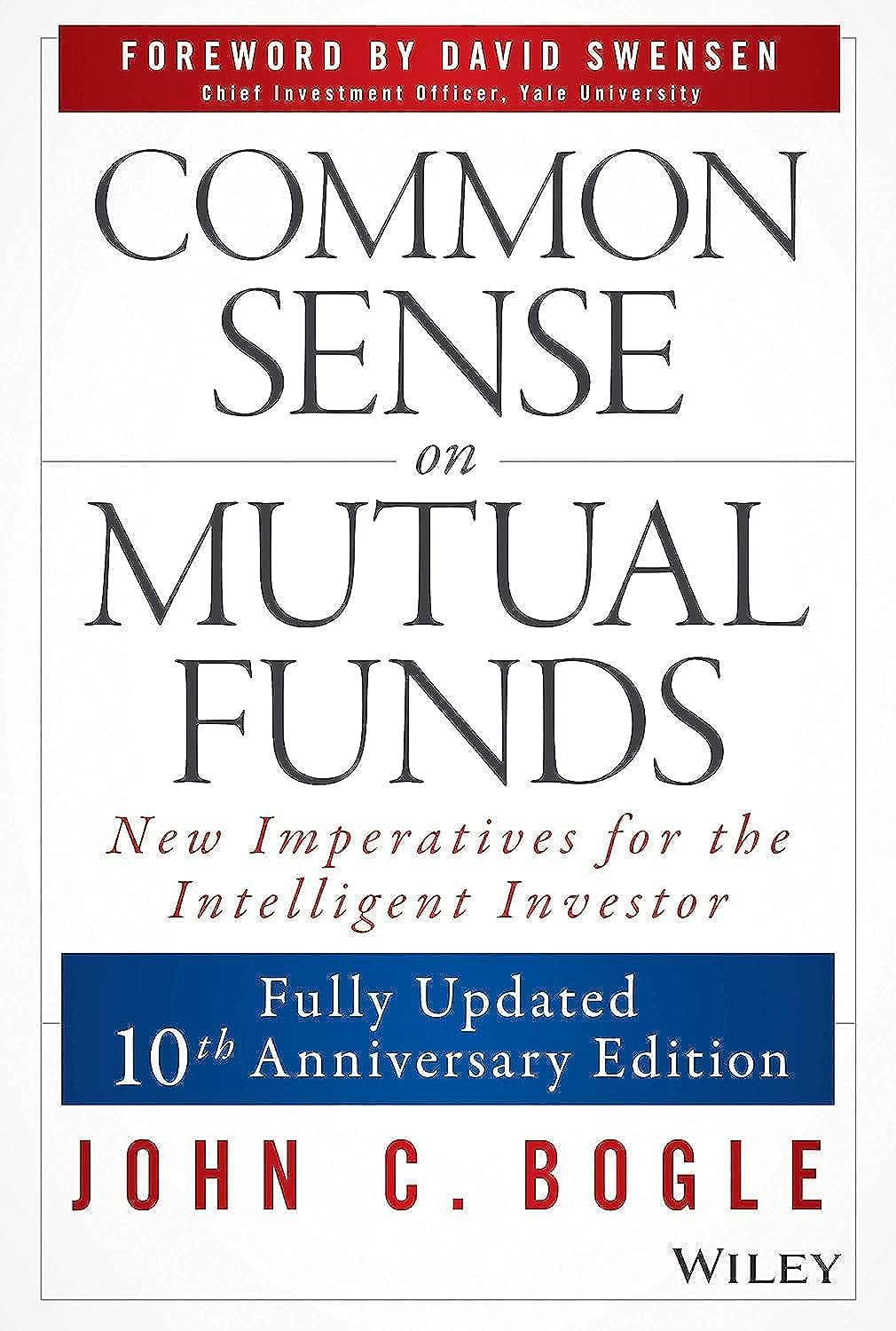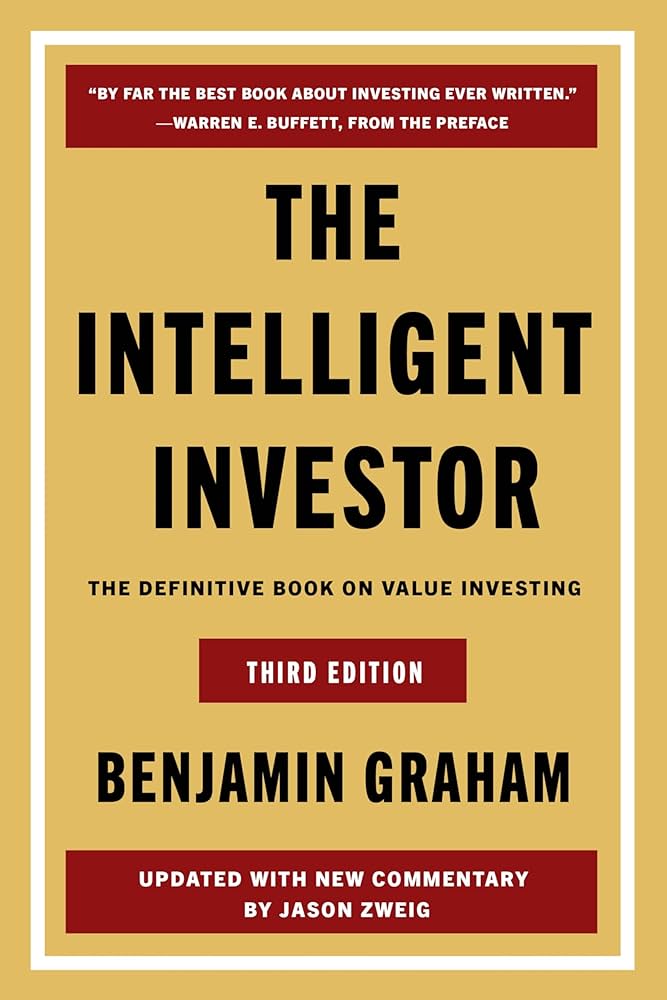The mutual fund market in India is growing by the day. Today, thematic mutual funds in India offer a new opportunity for investors who invest not just in companies but in larger trends, such as Digital India, the energy transition, or the defense industry. They are on the verge of becoming the top-ranked mutual funds in India by 2025. In this blog, we’ll explore how thematic funds work, where they rank among mutual funds in India, and how you can choose your own top-rated mutual fund schemes/SIPs.
What are Thematic Mutual Funds?
Thematic mutual funds are funds that invest based on a specific theme or idea. This theme can encompass more than one sector. For example, a “Digital India” theme might include IT, telecom, and fintech companies.
How do they work?
These funds typically employ a top-down investment approach. The fund manager first determines which themes (such as defense, energy transition, electric vehicles) will be strong over the long term. Then, investments are made in various sectors and companies aligned with that theme. This way, investors become participants in the entire trend, not just a single sector.
List of Best Thematic Mutual Funds in India 2025
| S.No | Fund Name | AUM (Rs Cr) | 3 / 5 Years Return (%) | 3 / 5 Years Category Average | Current NAV |
|---|---|---|---|---|---|
| 1 | ICICI Prudential Technology Fund | ₹14,734Cr | 14.85% / 18.55% | 19.55% / 22.326% | ₹190.58 |
| 2 | Mirae Asset Great Consumer Fund | ₹4,552Cr | 17.13% / 21.80% | 19.55% / 22.32% | ₹94.97 |
| 3 | ICICI Prudential Manufacturing Fund | ₹6,490Cr | 26.82 % / 28.84% | 19.29 % / 22.23% | ₹35.26 |
| 4 | Sundaram Services Fund | ₹4,333Cr | 18.36% / 24.21% | 19.71% / 23.99% | ₹34.46 |
| 5 | UTI-Transportation and Logistics Fund | ₹3,741Cr | 24.59% / 26.84% | 19.29% / 23.28% | ₹290.60 |
| 6 | SBI Consumption Opportunities Fund | ₹3,175Cr | 14.59% / 24.31% | 19.17% / 22.47% | ₹306.53 |
| 7 | HDFC Housing Opportunities Fund | ₹1,285Cr | 19.73% / 23.80% | 19.29% / 23.28% | ₹22.03 |
| 8 | Aditya Birla Sun Life Manufacturing Equity Fund | ₹1043Cr | 18.65% / 18.32% | 19.29% / 23.28% | ₹32.05 |
| 9 | Edelweiss Recently Listed IPO Fund | ₹924Cr | 15.61% / 19.77% | 18.29% / 22.28% | ₹27.14 |
| 10 | SBI Comma Fund | ₹702Cr | 16.47% / 20.44% | 19.29% / 22.44% | ₹104.28 |
A brief overview of the Best Thematic Mutual Funds in India 2025 are given below:
1. ICICI Prudential Technology Fund
This fund is managed by ICICI Prudential AMC and primarily invests in IT sector and technology-related stocks. It was launched on June 22, 1993, and today is considered one of India’s leading technology-focused mutual funds. The fund’s objective is to provide investors with long-term exposure to the growth of the technology sector. It is currently managed by Vaibhav Dusad. The fund’s portfolio is concentrated in large IT giants such as Infosys, TCS, Wipro, and Tech Mahindra, providing it with strong stability and sector-specific exposure.
Fund details :
| Min SIP | Min Investment | Fund Manager |
|---|---|---|
| ₹100 | ₹5,000 | Vaibhav Dusad |
2. Mirae Asset Great Consumer Fund
Mirae Asset Great Consumer Fund is a thematic equity fund managed by Mirae Asset Mutual Fund. It aims to enable investors to participate in India’s consumption growth story. As the middle class and income levels in the country are growing, demand for consumer-based companies is also steadily increasing. The fund focuses on industries such as FMCG, automobile, telecom, and retail. The portfolio consists of a mix of large and reliable companies. ITC, Hindustan Unilever, and Asian Paints represent FMCG and branded consumer goods. Mahindra & Mahindra and Maruti Suzuki provide exposure to the automobile segment. Bharti Airtel captures the growth of the telecom sector, while Trent and Avenue Supermarts focus on retail and consumer services. Eicher Motors and Eternal Ltd. further diversify the portfolio.
Fund details :
| Min SIP | Min Investment | Fund Manager |
|---|---|---|
| ₹1000 | ₹5,000 | Siddhant Chhabria |
3. ICICI Prudential Manufacturing Fund
This fund is managed by ICICI Prudential AMC and focuses on India’s manufacturing sector. It aims to invest in companies that are directly linked to the country’s industrial progress and the “Make in India” initiative. The fund is currently managed by Antariksh Banerjee and is designed to capture the benefits of long-term manufacturing growth.
Its portfolio includes large and strong industries. Giants like Ultratech Cement and Ambuja Cements represent India’s manufacturing sector. Mahindra & Mahindra and Hindustan Aeronautics capture the growth story of automobiles and aerospace. Names like Cummins India and JSW Steel reflect the strength of the industrial machinery and metals sectors.
Fund details :
| Min SIP | Min Investment | Fund Manager |
|---|---|---|
| ₹100 | ₹5,000 | Antariksha Banerjee |
4. Sundaram Services Fund
Sundaram Services Fund is a thematic mutual fund managed by Sundaram Mutual Fund. Its objective is to invest in Indian services-based companies, as the service sector continues to grow in India’s economy. The fund was launched on February 26, 1996, and is currently managed by Rohit Seksaria. The fund’s portfolio focuses on leading service-based companies. Major companies like Bharti Airtel and Reliance Industries represent telecom and consumer services, while HDFC Bank and Axis Bank represent financial services strengths. Additionally, exposure to Tri-Party Repo (TREPS) helps manage liquidity. This mix provides a balanced and diversified perspective on the services sector.
Fund details :
| Min SIP | Min Investment | Fund Manager |
|---|---|---|
| ₹100 | ₹100 | Rohit Seksaria |
5. UTI-Transportation and Logistics Fund
UTI-Transportation and Logistics Fund is a sector-specific thematic fund managed by UTI Mutual Fund. The fund was launched on November 14, 2002, and is currently managed by Sachin Trivedi. Its objective is to benefit investors from the growth of India’s automobile, logistics, and transportation sectors. The portfolio includes key companies representing the auto and transportation sectors. Mahindra & Mahindra and Maruti Suzuki cover India’s passenger and utility vehicle segments. Eicher Motors and Bajaj Auto demonstrate strength in two-wheelers and commercial vehicles. Interglobe Aviation (IndiGo) provides air traffic exposure, while Eternal Ltd. further diversifies the portfolio.
Fund details :
| Min SIP | Min Investment | Fund Manager |
|---|---|---|
| ₹500 | ₹5,000 | Sachin Trivedi |
6. SBI Consumption Opportunities Fund
SBI Consumption Opportunities Fund is a thematic equity fund managed by SBI Mutual Fund. It was launched on February 7, 1992, and is currently managed by Ashit Desai. The fund aims to capture the story of India’s growing consumption sector. As income levels and consumer demand rise, the prospects for consumption-based companies are also brightening. Its portfolio includes leading consumption companies. Bharti Airtel represents telecom consumption, while Jubilant FoodWorks and Britannia Industries cover the Indian food and FMCG segments. Major companies like Hindustan Unilever and Asian Paints represent premium consumer brands. Mahindra & Mahindra provides strong exposure to automobile consumption.
Fund details :
| Min SIP | Min Investment | Fund Manager |
|---|---|---|
| ₹500 | ₹5,000 | Ashit Desai |
7. HDFC Housing Opportunities Fund
HDFC Housing Opportunities Fund is a thematic equity fund managed by HDFC Mutual Fund. Launched on December 10, 1999, the fund is currently managed by Srinivasan Ramamurthy. Its objective is to capture opportunities in India’s housing and infrastructure sectors. Given the country’s urbanization and growing housing demand, this theme is considered relevant for the long term. The fund’s portfolio focuses on large financial institutions and infrastructure companies. These include major financial institutions like HDFC Bank and ICICI Bank, which are involved in housing finance and retail loan growth. Larsen & Toubro and Ambuja Cements represent the strength of the construction and cement sectors. NTPC, the backbone of energy supply, and State Bank of India, as the country’s largest bank, provide further balance to this theme.
Fund details :
| Min SIP | Min Investment | Fund Manager |
|---|---|---|
| ₹100 | ₹100 | Srinivasan Ramamurthy |
8. Aditya Birla Sun Life Manufacturing Equity Fund
Aditya Birla Sun Life Manufacturing Equity Fund is a thematic fund managed by Aditya Birla Sun Life AMC. It was launched on September 5, 1994, and is currently managed by Harsh Krishnan. The fund focuses on opportunities in India’s manufacturing sector and invests in companies directly involved in industrial production, automobiles, engineering, and basic industries. The fund’s portfolio includes several prominent and trusted names. Reliance Industries is a leading player in diversified manufacturing and energy. Hindalco Industries is a leader in metals and aluminum manufacturing. Maruti Suzuki and Mahindra & Mahindra demonstrate strong presence in automobile manufacturing. Cummins India provides exposure to industrial machinery and engineering, while United Breweries contributes to consumer and beverage manufacturing.
Fund details :
| Min SIP | Min Investment | Fund Manager |
|---|---|---|
| ₹1000 | ₹1,000 | Harsh Krishnan |
9. Edelweiss Recently Listed IPO Fund
The Edelweiss Recently Listed IPO Fund is a unique thematic fund managed by Edelweiss Mutual Fund. It was launched on August 23, 2007, and is currently managed by Bhavesh Jain. The fund invests in companies that have recently listed through an IPO (Initial Public Offering). Its objective is to enable investors to participate in the early growth story of newly listed businesses. The fund’s portfolio focuses on new and emerging businesses across diverse sectors. It includes consumer and automobile brands such as Hyundai Motor India and Vishal Mega Mart. Swiggy reflects the strength of the digital consumption and food delivery sectors. Bajaj Housing Finance provides exposure to financial services, and Sai Life Sciences and Sagility Ltd. represent growth in the healthcare and research sectors.
Fund details :
| Min SIP | Min Investment | Fund Manager |
|---|---|---|
| ₹500 | ₹5000 | Bhavesh Jain |
10. SBI Comma Fund
SBI Comma Fund is a thematic equity fund managed by SBI Mutual Fund. It was launched on February 7, 1992, and is currently managed by Dinesh Balachandran. The fund primarily invests in the commodities, materials, and energy sectors. These sectors, linked to India’s industrial and energy needs, have long been considered the backbone of economic growth, and this is the fund’s primary focus. The portfolio includes leading commodity and energy companies. Tata Steel and Vedanta provide exposure to metals and mining. Reliance Industries represents the energy and petrochemical sectors. Ultratech Cement covers construction and infrastructure growth, while ONGC is a major player in oil and gas production. CESC Ltd. also provides stability to the power supply and utilities sectors.
Fund details :
| Min SIP | Min Investment | Fund Manager |
|---|---|---|
| ₹500 | ₹5,000 | Dinesh Balachandran |
Read Also: Equity Mutual Funds: Meaning, Types & Features
Why Invest in Thematic Mutual Funds in 2025?
- Policy Support : The Indian government has paid special attention to sectors such as defense, infrastructure, energy transition, and the digital economy in recent years. Policy support in these sectors can provide thematic funds with the opportunity for long-term, stable growth.
- Benefiting from Changing Economic Trends : Trends such as digital transactions, electric vehicles, healthcare, and renewable energy will strengthen in the coming years. Thematic mutual funds offer investors the opportunity to participate in these changes from an early stage.
- Potential for Additional Returns : When the chosen theme remains relevant over the long term, thematic funds have the potential to deliver better returns than traditional diversified equity funds. However, this is not always guaranteed and involves higher risk.
- A Different Approach from Sectoral Funds : Sectoral funds focus on a single industry, while thematic funds invest in multiple industries within a larger story. This helps spread the risk somewhat.
- Growing Investor Interest : Investor interest in thematic funds has increased over the past few years. This is because investors prefer to invest in sectors and trends that have strong future potential.
- Potential to Outperform Indices : Over some periods, thematic funds have outperformed broad indices. However, their performance depends on trends and market conditions, so investors should have realistic expectations.
- Strategic Role in Portfolios : These funds are best held as satellite allocations rather than as part of a core portfolio. This allows investors to take advantage of emerging trends while maintaining portfolio diversification.
Emerging Investment Themes in India 2025
- Defense and Aerospace : The country is moving towards becoming self-reliant in defense equipment. Continued large orders and export opportunities are strengthening this theme.
- Infrastructure and PSUs : Government spending on roads, railways, and power is steadily increasing. This is benefiting not only infrastructure companies but also many public sector undertakings.
- Energy Transition : In keeping with climate goals, there is a significant emphasis on renewable energy. Solar, wind, and battery technology are at the center of this transition.
- Electric Vehicles and Electronics : EV adoption is increasing, and domestic electronics manufacturing is also strengthening. Battery and charging networks are driving this trend.
- Digital and Fintech : Digital payments and online services have become a daily necessity. Investment in data security and cloud services will also increase in the coming years.
- Healthcare and Pharma : Growing demand for healthcare and the discovery of new medicines are continuously strengthening this sector.
- Premium Consumption : As incomes rise, people are increasingly investing in premium and branded products. This theme is expected to deepen in the coming years.
Read Also: Types of Mutual Funds in India
Risks & Challenges in Thematic Investing
Thematic mutual funds are attractive, but they carry some significant risks that should not be overlooked.
- Relying solely on the theme : People often invest under the influence of a story or trend. However, not every theme succeeds. The true strength comes from the companies’ earnings and business models.
- Limited Diversification : Like sectoral funds, thematic funds operate within a limited range. If the theme weakens, the entire portfolio can be affected.
- Liquidity Issues : Some themes are based on small stocks. These stocks cannot be easily sold during difficult times, which can increase losses.
- The Importance of Timing : Timely entry and exit are crucial in these funds. Late entry or hasty exit can impact returns.
- Investor Behavior : FOMO in a bull market and panic in a bear market – this is the biggest mistake. Repeated decisions like this can weaken actual returns.
Taxation of Thematic Funds in India (2025 Update)
Equity-oriented Thematic Funds Tax Rates
- Short-Term Capital Gains (STCG) : If you sell equity-invested units within 12 months or less, the STCG tax rate will be 20%.
- Long-Term Capital Gains (LTCG) : If the holding period is more than 12 months, the LTCG tax rate will be 12.5%.
- Exemption : The first LTCG up to ₹1.25 lakh is tax-free. That is, if your LTCG is less than ₹1.25 lakh, no tax will be payable.
Summary of Tax Rates (as of 2025)
| Fund Type / Status | Holding Period | Tax Type | Rate / Description |
|---|---|---|---|
| Equity-oriented Thematic Fund | ≤ 12 months | STCG | 20% |
| Equity-oriented Thematic Fund | > 12 months | LTCG | 12.5% (discount up to ₹1.25 lakh) |
| Thematic FoF / Hybrid (where equity < 65%) | any period | Income Tax Slab | As per your tax slab |
| Hybrid (equity ≥ 65%) | > 12 months | LTCG | 12.5% |
Read Also: What is a Fixed Income Mutual Fund?
Conclusion
Thematic mutual funds offer investors the opportunity to participate in India’s rapidly changing economy and emerging trends. Whether it’s manufacturing, consumption, infrastructure, or technology, each theme offers long-term potential. However, it’s also true that they carry relatively higher risks. Therefore, it’s always wise to include them in your portfolio with a limited allocation and a long-term view.
Frequently Asked Questions (FAQs)
What are thematic mutual funds?
These funds invest in a specific theme or trend.
Are thematic funds good for SIPs?
Yes, SIPs reduce risk.
How risky are thematic funds?
They carry a higher risk.
Who should invest in thematic mutual funds?
Investors who can stay invested for the long term.
What is the ideal allocation for thematic funds?
Around 10–20% of the portfolio.


























